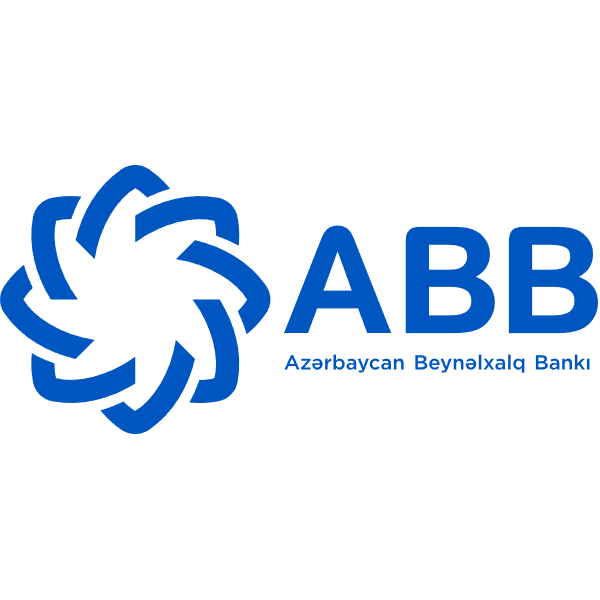O Banco de Portugal é um membro português do Eurosistema e serviu como autoridade monetária de Portugal de 1846 a 1998, emitindo o Escudo Português. Desde 2014, é a autoridade nacional de Portugal para a supervisão bancária na Europa. O banco foi criado sob carta real em 1846 durante o reinado da Rainha Maria II de Portugal, resultante da fusão do Banco Lisbon, o primeiro banco português a ser estabelecido, e da Companhia Confiança Nacional, uma companhia de seguros.
História
O Banco de Portugal é o sucessor do Banco Lisboa, o primeiro banco português a ser estabelecido em Portugal.
Fundações
O banco foi estabelecido pela Rainha Maria II de Portugal sob carta real em 19 de 1846, como banco comercial e banco emissor. É o resultado da fusão do Banco de Lisboa, o primeiro banco estabelecido em Portugal, e da Companhia de Confiança Nacional, uma empresa de investimento especializada no financiamento da dívida pública.
O banco foi designado pela Coroa Portuguesa como o país emissor do curso legal, que na época era o real português, e permaneceu em produção até 1911.
República
O Banco de Portugal (Banco de Portugal) está localizado na Avenida dos Aliados, Porto.
Após a criação da República em 1910, o Banco de Portugal passou a emitir o Escudo Português.
Em 1932, o Banco estabeleceu a Biblioteca do Banco de Portugal, uma das mais importantes bibliotecas privadas de Portugal.
Em 1946, a instituição foi agraciada com a Grã-Cruz da Ordem de Cristo pelo Presidente de Portugal.
Durante o Estado Novo, o Banco seguiu uma política ativa de aquisições de ouro a partir de 1957, o que contribuiu para que Portugal se tornasse o 14º maior país de reserva de ouro do mundo na atualidade.
Nacionalização
Filial do Banco de Portugal em Braga.
O Museu do Dinheiro está localizado na sede do Banco de Portugal, na Baixa, Lisboa.
Após a nacionalização em 1975 e a nova Lei Orgânica, em 1974, o Banco de Portugal foi responsável pela supervisão do sistema bancário pela primeira vez.
É parte integrante do Sistema Europeu de Bancos Centrais, estabelecido em 1998.
O Banco de Portugal deixou de emitir escudos portugueses em 1999, e o país adotou o euro.
Contemporâneo
Em 2013, o banco anunciou que pagaria dividendos de 35,9 bilhões de euros, referentes a 4 anos.
Em 2014, o banco anunciou que pagaria um dividendo de 20,2 bilhões de euros, referentes a 2012, uma queda acentuada em relação a 5 anos.
Em junho de 2014, o Banco de Portugal anunciou que dividiria o Banco Espírito Santo, o segundo maior banco de Portugal, em dois. Durante a reestruturação do banco, o passivo do empréstimo de um dos credores, a Oak Finance, permaneceu com o Banco Espírito Santo. Isso desencadeou ações judiciais de um grupo de investidores, incluindo: fundos de hedge e fundos de pensão da Nova Zelândia.












